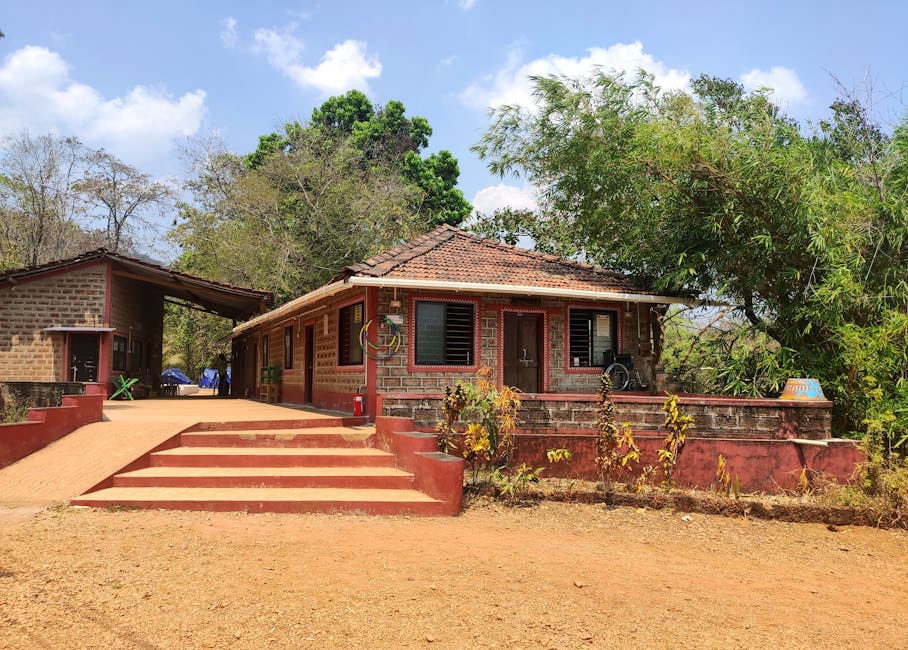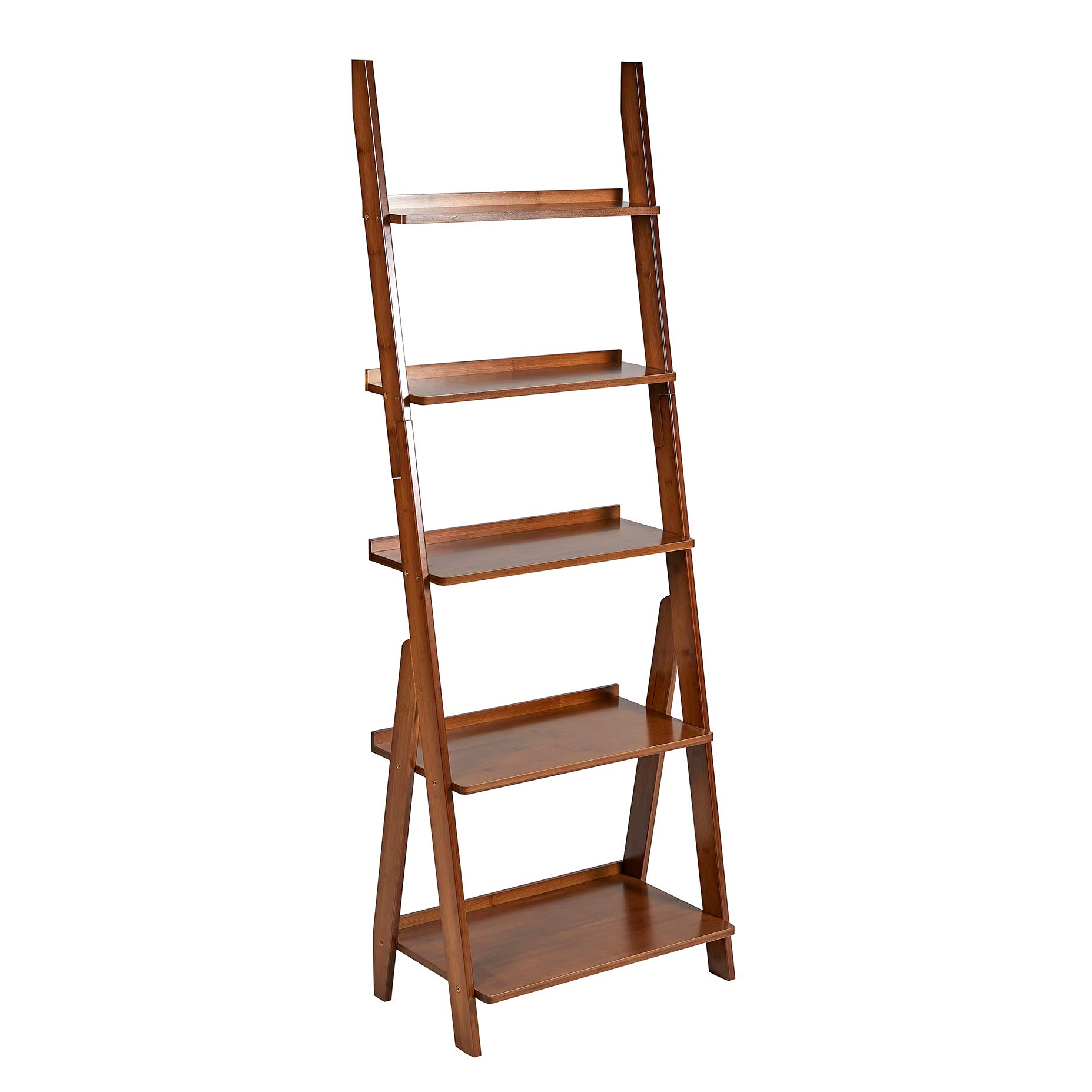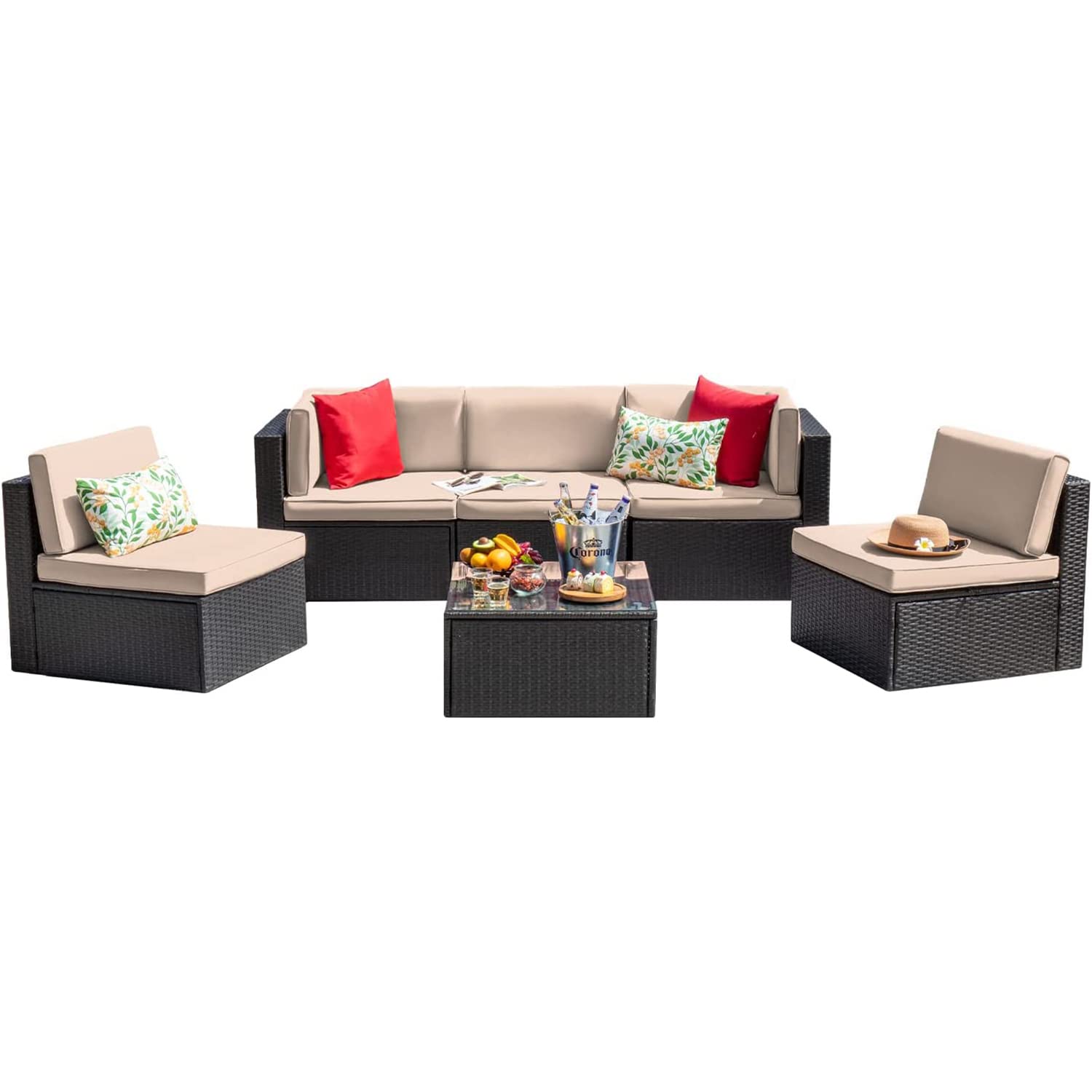The bungalow holds a unique place in the architectural and cultural landscape of India, evolving significantly from its colonial origins to contemporary times. A striking example of such architecture can be observed in structures like the Nature Bound Sahyadri Camp in India, embodying both rustic charm and colonial influences.

The term "bungalow" originates from the word "bangla," referring to rustic huts built for peasants in Bengal. Introduced during the British colonial era, bungalows emerged from British military engineers’ attempts to standardize traditional domestic structures. By the 19th century, the bungalow was characterized as a low, one-story building with a spacious, symmetrical layout and surrounding verandas. A fascinating transition of this style can be seen in modern Spanish style homes, which blend tradition and trend.

Initially a symbol of British colonial lifestyle, the bungalow transitioned into a staple of Indian architecture post-independence. This architectural style reflects a hybrid of British and Indian influences, signifying contrasting social roles between the colonial rulers and the local populace. A unique perspective on this can be found in the Raza Bungalow in Lucknow, exemplifying how bungalows became associated with the leisure and affluence of the Indian elite, reflecting a prosperous lifestyle.
Bungalows can be broadly classified into two categories: urban and rural.
Architectural styles varied, showcasing local influences and adaptations, as illustrated in this exploration of cultural narratives within Indian bungalows.
As urban centers became congested during the late 19th and early 20th centuries, suburban development flourished. Bungalows became symbolic of modern living, providing spacious and healthier environments compared to the dense urban fabric. They attracted the emerging middle class, who began to personalize these homes, altering designs to suit their needs and regional climates. Additional context on the bungalow's origins is available from the historical insights from Weston, MA.

Post-colonial India witnessed a significant transformation in bungalow designs, influenced by modernist architectural trends. The introduction of new materials such as reinforced concrete led to compact forms of bungalows, diverging from their traditional layouts. The historical context of Indian architecture provides a broader understanding of these changes.
In the 21st century, traditional bungalows face obsolescence due to rapid urbanization and soaring land prices, resulting in a shift towards high-rise apartments for affordable housing. The notion of standalone bungalows has increasingly become a luxury limited to wealthier individuals. This transition can be explored further in the history and cultural significance of the Indian bungalow.
| Era | Characteristic |
|---|---|
| Colonial Era | Symbolized British influence and standardization |
| Post-independence | Integration of British and Indian influences |
| 21st Century | Transitioning to a luxury due to urbanization |
Despite their decline, bungalows represent a significant cultural icon in India, embodying rich aesthetic and historical value. Their transformation reflects broader socio-economic changes and continues to play a role in the collective memory of Indian society. The Namaste India exhibit exemplifies how these cultural narratives continue to influence and inspire.

Bungalows in India often capture the essence of traditional architecture while incorporating elements of modern design. A popular trend in decorating these charming homes involves the use of authentic Indian textiles and artwork that reflect the rich cultural heritage of the region. One such product that beautifully complements the aesthetic of a bungalow is the IndoTribe Medium Pichwai Backdrop in Orange, available on Amazon. This vibrant tapestry not only adds a splash of color to any room but also serves as a conversation starter with its intricate design and historical significance. Inspired by the classical Pichwai paintings, which originated in the 17th century and traditionally depict scenes from Hindu mythology, this piece can be used as a wall hanging, table cover, or even a sofa throw. The handmade quality and detailed artistry make it an ideal choice for homeowners looking to infuse their spaces with the soul and spirit of India, enhancing the bungalow's inherent warmth and inviting atmosphere.

When designing a bungalow in India, it is essential to consider versatile and space-efficient furniture options that align with the aesthetic and practical needs of modern living. One such option is the KELBEL Shelves Multipurpose Organizer, which can be found online at retailers such as Amazon. This piece of furniture serves not only as a stylish addition with its sleek design but also provides a functional solution for organizing and decluttering spaces within the bungalow. With its multipurpose nature, the KELBEL organizer can be utilized in various rooms, from the living area to the kitchen or study, ensuring that every inch of space is used effectively. Designed for easy assembly and with durability in mind, this organizer can seamlessly blend into the elegant yet laid-back atmosphere typical of Indian bungalows, enhancing both aesthetics and functionality.

Bungalows in India, known for their cozy and charming appeal, are often complemented by outdoor furniture that enhances their inviting atmosphere. A popular choice for such settings is the Devoko 5-Piece Outdoor Sectional Sofa, available on Amazon. This all-weather conversation set is designed to withstand the diverse climates of India, ensuring durability and long-lasting functionality. Comprising high-quality, waterproof material, it's perfect for hosting gatherings or enjoying quiet evenings on the veranda. The modular design allows for versatility in arrangement, catering to both large garden spaces and smaller patios typical of Indian bungalows. With its elegance and comfort, the Devoko outdoor furniture set seamlessly blends with the aesthetic of a traditional Indian bungalow, making it an ideal addition for those looking to enhance their outdoor living space.

Indian bungalows, known for their distinct architectural style and cultural significance, often feature intricate designs and vibrant aesthetics reflective of India's diverse heritage. These homes are not just structures but are embodiments of tradition, artistry, and craftsmanship. For those interested in exploring the artistic expressions that often inspire such beautiful domiciles, "George Forrest Brush: The Indian Paintings" provides a fascinating look into the art that potentially influences bungalow decor in India. Available on Amazon, this book delves into Brush's intricate portrayal of native life and landscapes, which echo the themes and elements prevalent in Indian bungalow designs. It highlights the convergence of art and architecture, showcasing how cultural nuances in painting can inspire residential aesthetics, making it a valuable resource for art enthusiasts and home designers alike.
As you can see, the bungalow's journey from humble rural roots to a cornerstone of modern Indian living is as captivating as it is intricate. We love celebrating the beauty and history of such iconic structures, and we'd be thrilled to have you join our community of architecture enthusiasts. If you're passionate about architectural design and want to see more stunning transformations, why not follow us on Pinterest? We're always sharing unique designs and inspirations. For a peek into daily architectural wonders, check out our adventures on Instagram. Want to join the conversation? We’d love to hear your thoughts on bungalows and more over on X (formerly Twitter). And if you're a Facebook user, dive into our lively discussions and shared love for architecture by liking our page here. We can't wait to connect with you!
